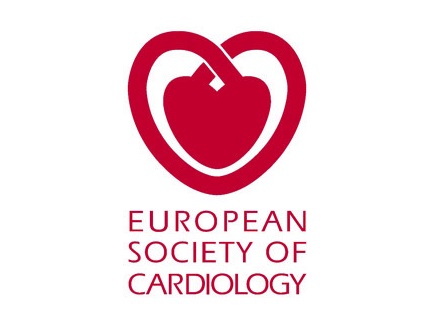 The first comprehensive European advice on deep vein thrombosis was recently published in the European Heart Journal. The recommendations were produced by the European Society of Cardiology (ESC) Working Group on Aorta and Peripheral Vascular Diseases and Working Group on Pulmonary Circulation and Right Ventricular Function.
The first comprehensive European advice on deep vein thrombosis was recently published in the European Heart Journal. The recommendations were produced by the European Society of Cardiology (ESC) Working Group on Aorta and Peripheral Vascular Diseases and Working Group on Pulmonary Circulation and Right Ventricular Function.
DVT is the most frequent type of venous thromboembolism (VTE). “VTE is the third cardiovascular cause of death after myocardial infarction and stroke and so it is important from a public health point of view,” said author Victor Aboyans (Limoges, France). “The diagnosis and management of acute pulmonary embolism was addressed by ESC guidelines in 2014. The consensus document complements the pulmonary embolism guidelines, providing a global picture on the complete management of VTE.”
The authors provide advice on diagnosis; initial (first 5–21 days) and long-term (first three to six months) management; extended management (beyond the first three to six months); and special situations such as cancer, pregnancy, and DVT at unusual sites.
Regarding diagnosis, the authors highlight the importance of clinical assessment and imaging with venous ultrasound. “The signs and the symptoms of DVT differ from one patient to another and are unspecific but are still very important and recommended for the initial evaluation of patients with suspected DVT,” said lead author Lucia Mazzolai (Lausanne, Switzerland). “Ultrasound is recommended as the first line diagnostic tool when lower or upper limb DVT is suspected. We also propose venous ultrasound in patients with confirmed pulmonary embolism as initial reference in case of DVT recurrence or further patient stratification in selected individuals.”
For initial and long-term management, advice is given according to the location of DVT which can be proximal (popliteal, femoral, or iliac veins) or isolated distal (in the calf veins only). Anticoagulation for patients with isolated distal DVT is under debate and the authors say that patients should be stratified based on their individual risk and a decision taken to give anticoagulation or not.
Regarding the type of anticoagulant therapy to use in the first line of initial and long-term management, Mazzolai said there has been a paradigm shift in the last couple of years. She said: “We propose direct oral anticoagulants as first line treatment for non-cancer patients. We also recommend catheter-directed thrombolysis as an adjuvant treatment only in select patients.”
In the extended management phase the authors argue for personalised decisions based on risk/benefit balance about whether or not anticoagulation should be continued. A venous ultrasound should be performed at anticoagulation discontinuation as a baseline comparative exam in case DVT recurs.
Regarding special situations the authors say that after six months, patients with cancer need personalised management and the decision on whether or not to continue anticoagulation, and with which drug, should be based on the patient’s risk/benefit ratio, tolerability, preference, and cancer activity. Pregnant patients with suspected lower limb DVT should have venous ultrasound as the first line diagnostic imaging test. Low molecular weight heparin is recommended for initial and long-term treatment of DVT during pregnancy.
Mazzolai said: “This is the first European document that addresses all aspects of modern DVT management because it discusses diagnosis, treatment, and follow-up, plus special situations like cancer, pregnancy and unusual DVT sites. Together with the 2014 ESC guidelines on pulmonary embolism, clinicians now have comprehensive recommendations on the management of VTE.”












